Dehumidifiers and Air Filtration Systems: Improving Indoor Air Quality for You and Your Family
Introduction
Maintaining air quality indoors is essential for better health. Dehumidifiers and Air Filtration Systems are great interventions to improve the quality of indoor air and reduce pollutant levels. They help reduce allergens and prevent respiratory problems. They also make dry climates more comfortable.
A Dehumidifier decreases moisture and stops mold growth. It removes musty smells by disposing of dampness. They're especially beneficial in humid places or during rainy seasons.
Air Filtration Systems filter out allergens like pet dander, pollen or smoke. They absorb bacteria that can cause respiratory diseases or infections.
Using both dehumidifiers and air filtration systems boosts their effectiveness in removing pollutants, supplying clean air while lowering energy bills and system performance wear-out times. This increases their value for money spent on them.
An asthmatic patient reported that after installing these units in her home, she noticed a decrease in asthma symptoms - less coughing, no wheezing and better breathing while sleeping. If breathing indoor air was a sport, most of us would be competing in the amateur league.
Understanding Indoor Air Quality
To better understand indoor air quality with Roman's Service Cooling & Heating in North Port, Florida, you need to know the importance of it and the factors affecting it. Dehumidifiers and air filtration systems can help you improve the air quality in your home for the benefit of you and your family.
The Importance of Indoor Air Quality
Indoor air quality is key for human health. If it's not good, people can have breathing troubles, headaches, or other airborne illnesses. This affects our physical and mental health and even work productivity.
There are various causes of bad IAQ, e.g. pets, poor ventilation, burning candles, wood-burning fireplaces, household cleaners, or chemicals. The best way to control these is by opening windows for proper ventilation and using natural air purifiers like plants.
Humidity is also a vital part of IAQ. Too much can lead to mold, and too little can cause respiratory irritation. To keep it optimal, it should stay between 30-60%.
Studies done by the World Health Organization show that globally, 1 in 8 deaths are linked to air pollution exposure - mostly due to poor IAQ in homes and workplaces.
Factors Affecting Indoor Air Quality
Indoor Air Quality is reliant on various factors, such as temp, ventilation, humidity, and chemicals. Circulation prevents pollutants from accumulating, so a healthy indoor environment is maintained.
Pollutants like smoke, pet dander, dust mites, and mold are bad for respiratory health. Also, indoor pollution can cause allergy symptoms and respiratory issues like asthma. It's important to reduce exposure to these triggers to manage IAQ.
To improve IAQ, you should maintain filters, ventilation, and humidity levels regularly. According to EPA, preventive measures can reduce airborne pollutants by 50%.
Look out for signs of poor air quality like odors, gas emissions, or dust particles. They can impact health.
Dehumidifiers: How They Improve Indoor Air Quality
To improve your indoor air quality, especially in areas with high humidity, using a dehumidifier can be the solution. By reducing the excess moisture in the air, you can prevent the growth of mold and mildew, and reduce the risk of respiratory issues. In this section, we will introduce you to the concept of a dehumidifier, the benefits of using one, and the different types available.
What is a Dehumidifier?
Say goodbye to mold and hello to drying with a trusty dehumidifier by your side! A dehumidifier is a device that reduces moisture levels in the air. It extracts excess water particles to maintain a comfortable humidity level which is healthy for people and properties. Humidity can cause mold, dampness, and damage to wood furniture, clothes, paint, or wallpapers. Moreover, it prevents respiratory problems caused by inhaling damp air such as allergies, asthma or skin problems.
The right amount of humidity helps you breathe easier, stop coughing, and reduce nasal congestion. Did you know? The Environmental Protection Agency (EPA) suggests keeping indoor humidity between 30-50%. Exceeding this range may result in dust mites growing between 70-80% humidity or mold above 60%.
Benefits of Using a Dehumidifier
A dehumidifier is key to improving indoor air quality. It offers numerous benefits, like preventing mildew and mold growth, reducing allergies and asthma symptoms, curtailing dust mites, making the environment cooler, and protecting wooden furniture from damage. These benefits have a big impact on people's health and home maintenance.
Plus, a dehumidifier lessens the moisture in the atmosphere, which stops bad odors and helps to keep things clean.
It all began in 1928 when Willis Haviland Carrier invented the first-ever air conditioner. Since then, researchers have worked hard to improve its filtration capabilities and efficiency. Nowadays, the market is full of different types of dehumidifiers to cater to different needs while making indoor environments comfortable and healthy.
Types of Dehumidifiers
Dehumidifiers have various uses, depending on their type. Portable ones are best for tiny spaces, whereas whole-house dehumidifiers are ideal for entire homes. Both are great at lowering humidity levels. Desiccant and compressor-based dehumidifiers have different effects based on the humidity level and temperature. Desiccant models work better in cold temperatures but aren't as efficient in high-humidity environments.
Thermo-electric or Peltier dehumidifiers are also available. They use electricity to eliminate moisture from the air via a semi-permeable membrane. These dehumidifiers are not suited for large areas but can be used in small spaces and compact storage areas.
The EPA’s Indoor Environments Division explains that high humidity indoors can lead to mold growth on building materials. This can cause allergic reactions, such as sneezing, runny nose, eye irritation, and skin rashes. To protect myself, I always make sure to have an air filtration system.
Air Filtration Systems: How They Improve Indoor Air Quality
To improve the quality of air inside your home, you can install an air filtration system. An air filtration system helps in reducing harmful particles and allergens in the air you breathe. It is an effective solution that keeps your indoor air fresh and clean. In this section on "Air Filtration Systems: How They Improve Indoor Air Quality," you'll learn more about the benefits of using an air filtration system. We will also discuss the different types of air filtration systems available for you to choose from.
What is an Air Filtration System?
Air filtration systems are devices that remove pollutants, allergens, and other harmful particles from the air! These systems are designed to make your living environment healthier and safer. They use HEPA filtration, carbon filters, UV-C germicidal lamps, and ionization tech to capture and eliminate contaminants.
These systems come in all sizes and shapes. From individual room purifiers to house-wide filtration systems - they help reduce allergy and asthma symptoms, prevent the spread of germs, and provide comfy air quality.
Investing in an air filtration system is smart for improving health. It reduces allergy symptoms, keeps harmful particles away from your lungs, and is perfect for those with respiratory issues. Get a high-five from your lungs every day with clean air!
However, it's essential to pick the right size for the space it needs to be installed. This will ensure the filter is effective at removing fine particulate matter, VOCs, and carbon monoxide. Don't know which air filter to choose? Consult a licensed professional who can examine your home or building and suggest the best product.
Benefits of Using an Air Filtration System
Air Filtration Systems - An Indoor Air Quality Boon!
Discover the amazing advantages of air filtration systems, such as:
- Reduction of allergens like pollen & dust.
- Mitigation of asthma triggers & airborne pollutants.
- Control of indoor humidity levels, preventing mold.
- Lowering energy bills with a lighter load on HVAC systems.
Plus, some advanced models provide germicidal features for eliminating germs, bacteria, & viruses.
Installing an eco-friendly air filter system is worth it - it brings long-term benefits & clean air like a unicorn in a polluted city!
Types of Air Filtration Systems
Air filtration systems are essential for improving indoor air quality. There are several varieties, each with unique advantages and limitations. Mechanical filters trap particles, electrical filters use electrostatic attraction, adsorbents capture pollutants like gases and VOCs, and UV-based filters kill germs. Regularly cleaning the filter increases its efficiency and lifespan.
If someone in your home has respiratory issues, consider investing in a high-quality system. Or, get the best of both worlds with a combo system - it's like having a hybrid car, but for your lungs!
Combination Systems: How They Improve Indoor Air Quality
To improve your indoor air quality, you need a combination system that incorporates both dehumidification and air filtration. This section will introduce you to what a combination system is and how it can benefit your health and comfort. We’ll also discuss the various types of combination systems available to help you make an informed choice for your home.
What is a Combination System?
A Combination System is the perfect way to improve your indoor air quality. It combines the features of an HVAC system and an air purifier into one amazing unit. It filters out pollutants, controls humidity, and keeps temperatures comfortable.
Air from outside enters the HVAC intake vent. It passes through a pre-filter, catching large particles like dust and pet hair. Next, it goes through a HEPA or activated carbon filter that traps smaller contaminants such as pollen, mold spores, and bacteria. Finally, the purified air is pushed through the home's ductwork.
Combination Systems are special because of their ability to adjust humidity. Too much moisture can cause mold and breathing issues, and too little can lead to dry skin and other health concerns. Sensors automatically monitor and adjust humidity as needed, ensuring your home is always comfortable.
Pro Tip: When selecting a Combination System, consider your needs and choose a trusted brand with positive customer reviews.
Benefits of Using a Combination System
Combination systems provide many advantages for indoor air quality, making them a great choice! They work together to offer better ventilation and filtration, improving the air in your home or business. With components like air purifiers, humidifiers, and dehumidifiers, these systems can reduce pollutants and allergens that cause breathing issues.
Also, they not only filter out dust but also balance humidity levels. Humidity is essential for comfort. Too much moisture can damage furniture and floors, while too little can cause skin, eye, and respiratory issues.
Improved air circulation ensures fresh air is continuously flowing, and keeps temperatures comfortable all year. It also prevents mold, odors, and pests from entering.
You can get clean air indoors, and keep yourself and your family healthy by using combination systems. They reduce energy consumption, and protect you from asthma triggers, pollen allergies, and more! Combining air purifiers can give you a cleaner, fresher environment - it's like the Avengers for battling air pollutants!
Types of Combination Systems
Combination systems for improving indoor air quality come in various types. They integrate multiple filtration techs to remove pollutants, bad odors, and harmful gases. Each has its own features and target audience that require different performances.
Popular combination systems:
- HEPA + activated carbon traps fine particles and removes VOCs.
- UV + photocatalytic oxidation kills germs and mold spores, breaking them down into harmless substances.
- An ozone + negative ion generator is great for removing smells and disinfecting bacteria in the air.
These methods are perfect for large buildings or houses with severe health problems related to IAQ.
In the early 20th century, masks made of densely knitted cloth were recommended for filtering particulate matter before breathing. This was a step towards the advanced combination systems for IAQ that we use today.
Clean air is like finding a unicorn in Central Park, but with these tips, your indoor air quality won't be as elusive.
Maintaining Indoor Air Quality: Best Practices
To improve the quality of air that you breathe in, regular cleaning and maintenance, proper ventilation, and additional tips can go a long way. In order to maintain a healthy indoor environment, you need to upkeep the cleanliness of the different components that contribute to indoor air pollution. Furthermore, maximizing proper ventilation within your home can help circulate the air regularly and reduce the concentration of pollutants. Lastly, incorporating additional tips for maintaining good indoor air quality can enhance the efficiency of keeping the air safe for you and your family.
Regular Cleaning and Maintenance
Maintaining cleanliness and upkeep of the indoor environment is key to healthy air quality. This includes replacing filters, cleaning vents, and regular inspections for leaks or damage.
Prioritizing clean air is important to avoid poor health. Unclean air can exacerbate pre-existing conditions such as asthma and respiratory diseases. So, to avoid this, filters need to be replaced and dust needs to be removed often.
Ventilation is also essential in all rooms and areas. Fresh air should be let in, but potential harms like pesticides and pollutants should be detected.
Using cleansing agents to clean carpets and floors is a great way to remove dirt quickly.
These best practices create an environment free from harmful particulate matter, safeguarding the health and quality of life of the residents.
Having a well-ventilated home is essential, just like having a well-ventilated mind. It keeps the stink out!
Proper Ventilation
To guarantee optimal air quality inside, effective air circulation is key. Maximize airflow via natural ventilation with windows and doors. To take it a step further, install a mechanical ventilation system with HEPA filters. And regular HVAC maintenance keeps proper ventilation in place.
Window screens help too. Fit them to the right size to prevent pests and debris from entering. To reduce moisture, proper humidity controls prevent mold growth that affects air quality and structures.
Controlled ventilation measures ensure that hazardous substances and particles don't exceed safe limits. Failing to do so can lead to respiratory issues like asthma and allergies.
A food manufacturer found this out the hard way. They neglected to install ventilation systems while producing dry shampoo powder, containing chemicals like titanium dioxide and starch powder. This resulted in a dozen workers developing respiratory ailments.
Clean air is essential, not a luxury. So, keep your indoor air fresh - like a cucumber in a winter coat!
Additional Tips for Maintaining Indoor Air Quality
There are several steps to improve indoor air quality:
- Changing air filters regularly
- Removing pollution sources, like mold or cleaning chemicals
- Ventilating rooms properly
- Keeping humidity between 30 and 50 percent
Dust and vacuum carpets, curtains, and upholstery often. Have regular HVAC maintenance. This includes air filter changeout and duct cleaning.
An example of bad indoor air quality: one homeowner had chronic respiratory issues after moving in. The diagnosis revealed mold allergies due to high humidity. Lowering the humidity helped a lot.
For clean air, remember: no virus!
Conclusion: Making the Best Choice for Your Indoor Air Quality Needs.
Choosing the right solution for indoor air quality is important. Consider the size of your space, your budget, and any specific concerns. Dehumidifiers and air filtration systems can improve the air you breathe. Researching and weighing the pros and cons of each option is key.
A dehumidifier may work best in humid environments, while an air filtration system can remove dust and allergens. Consulting a professional can provide valuable insights into which is best for your needs.
Making changes to improve air quality is only one part of the puzzle. Good ventilation and addressing sources of pollution are also important.
The 20th century saw advances in HVAC technology that made regulating indoor temperatures and humidity levels possible. As we continue to understand how environmental factors impact our health, we gain the power to control our indoor environment. Ultimately, making the best decision for you and your family will greatly impact your comfort and health.
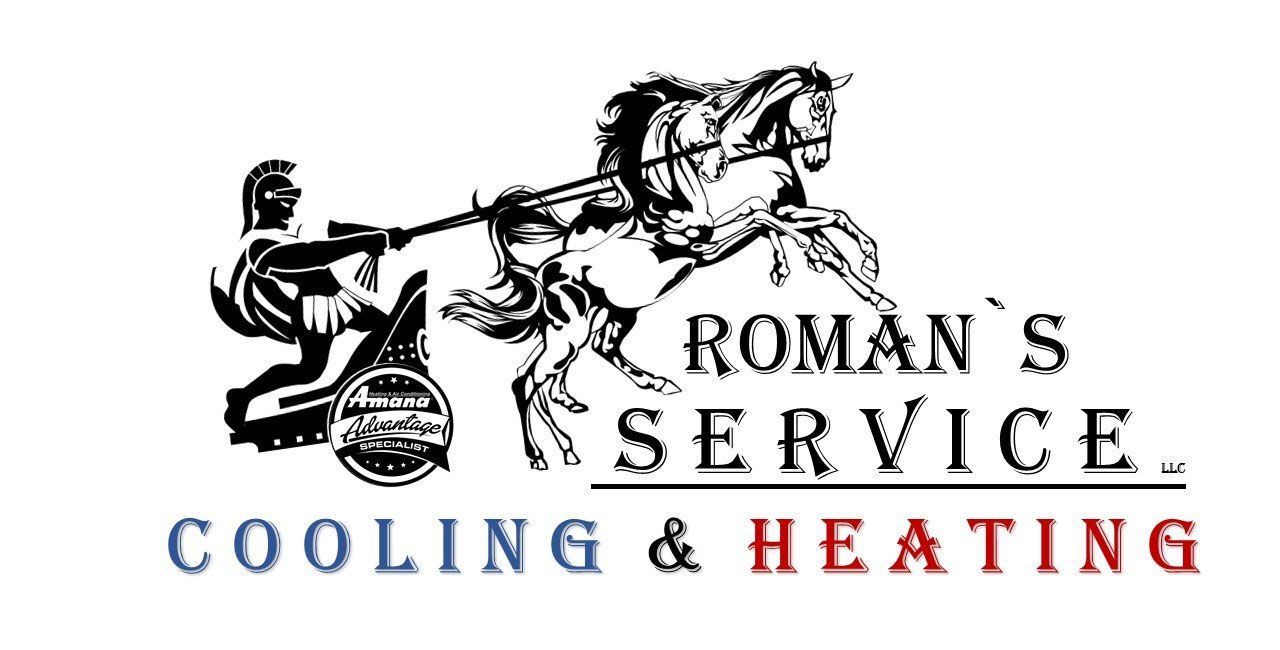
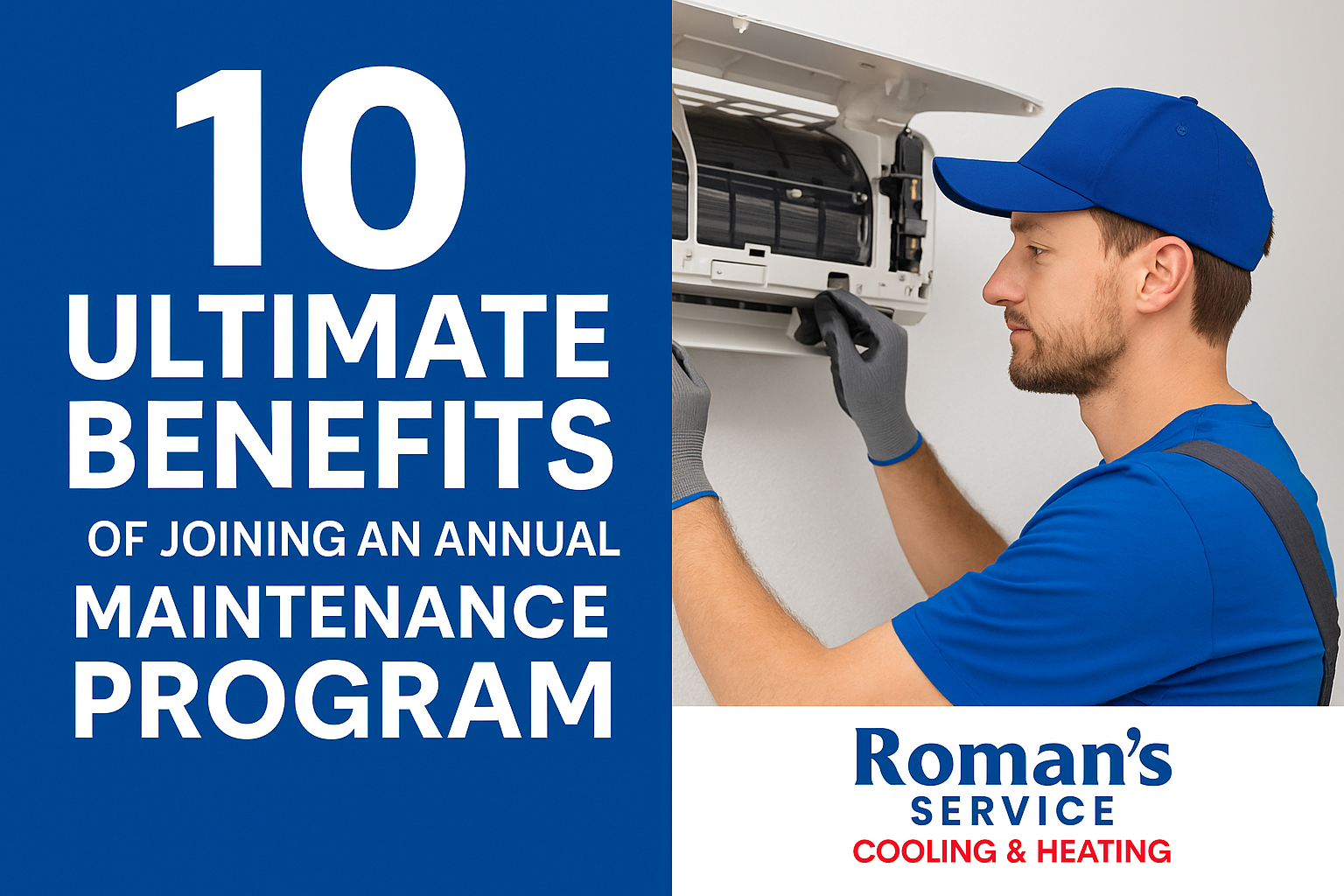
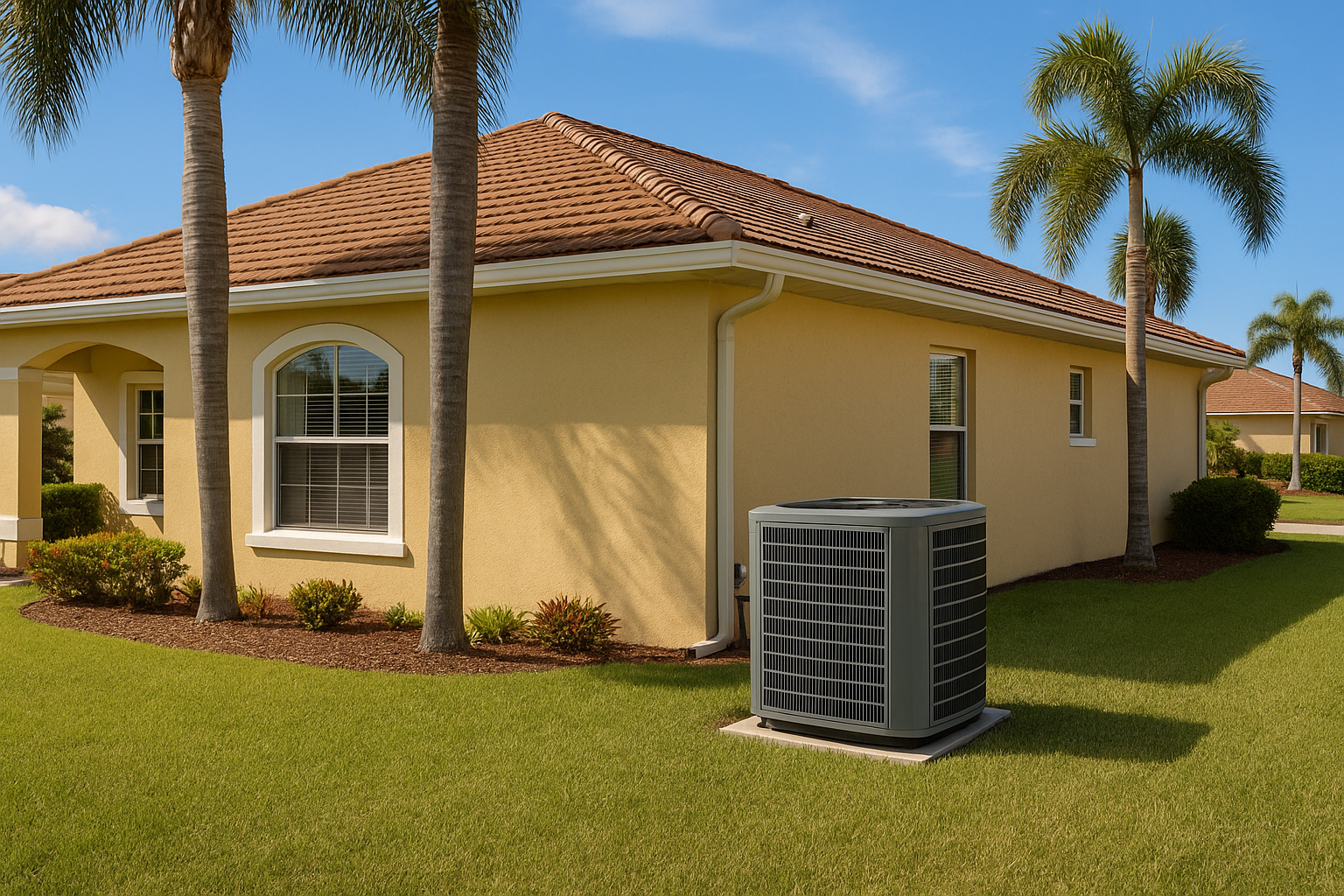


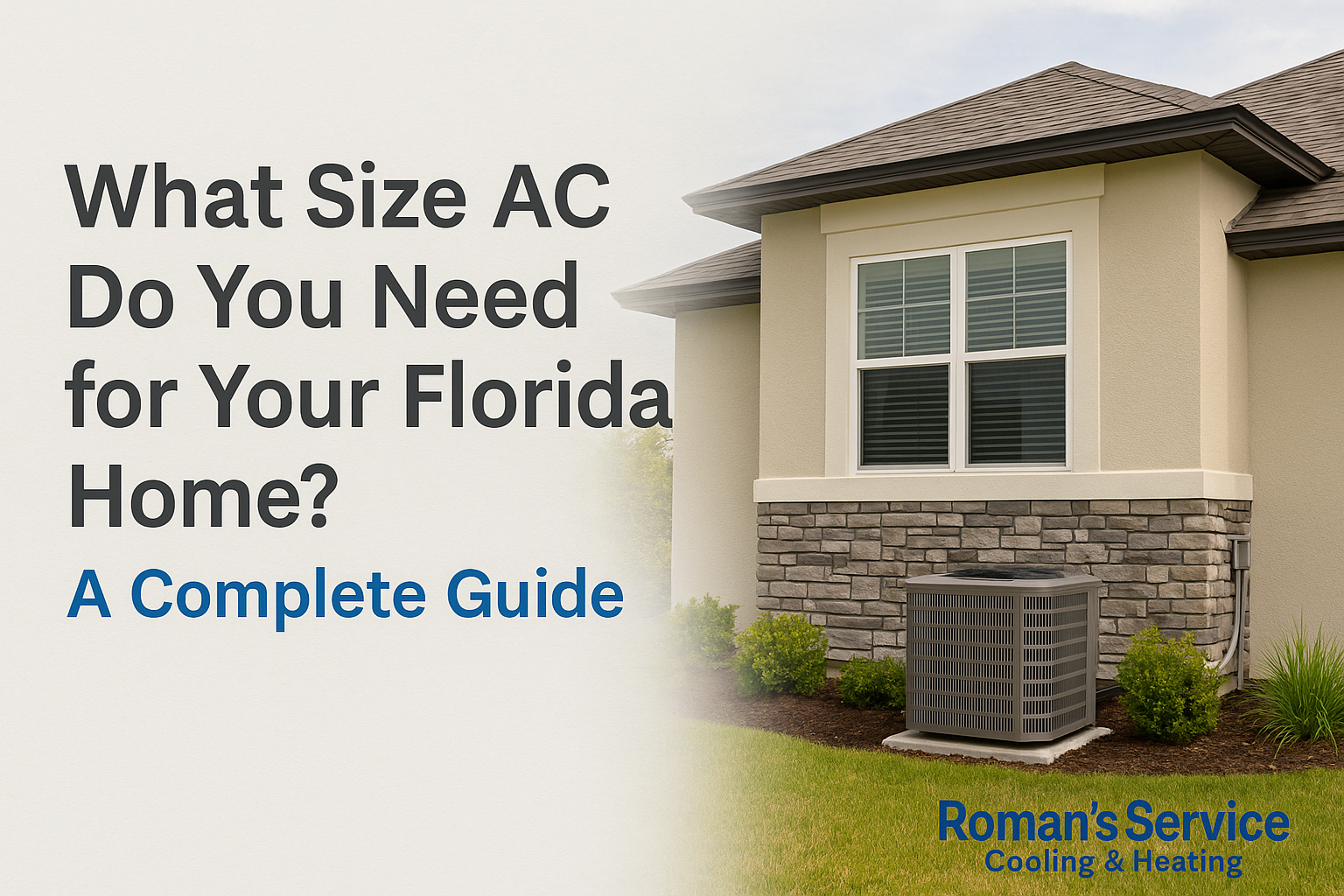
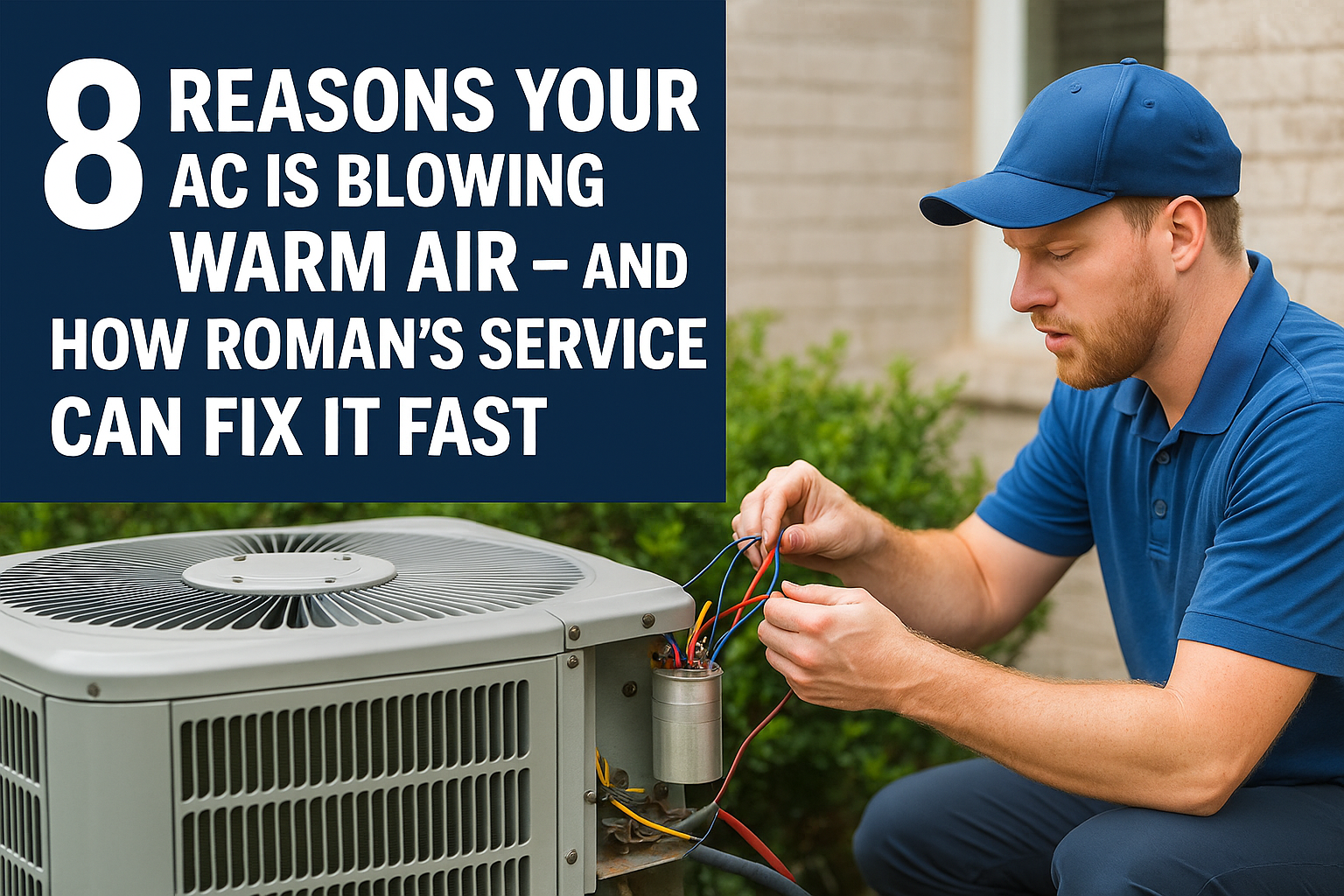

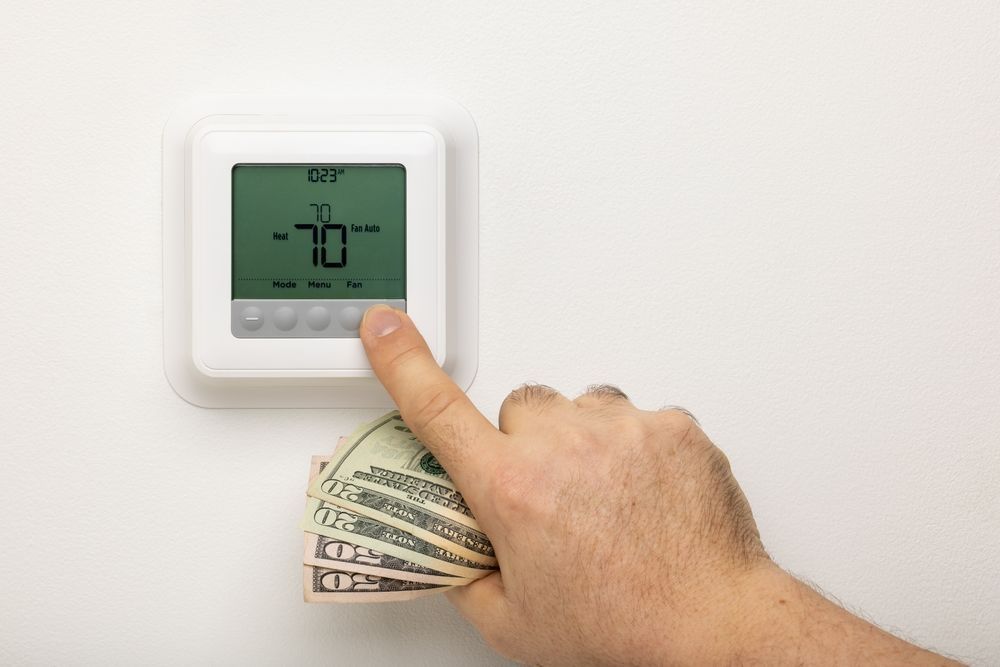
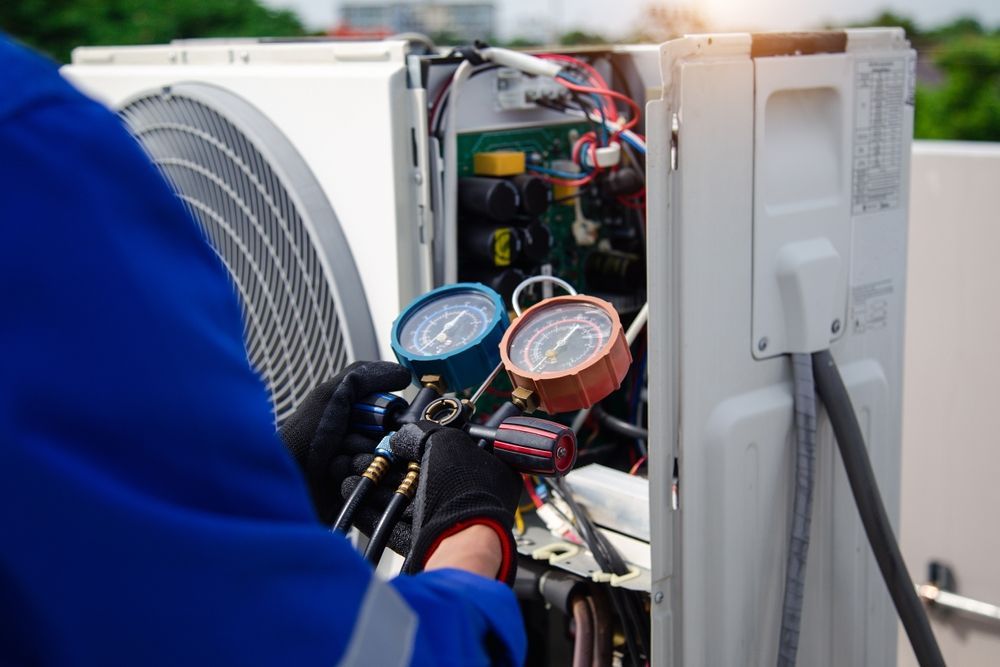
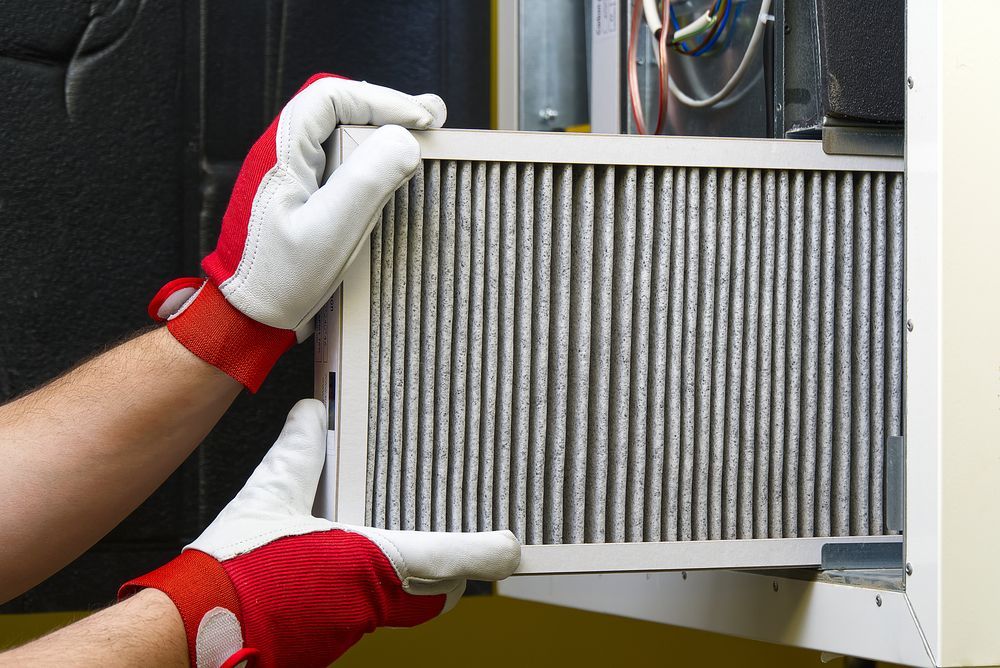
Share On: